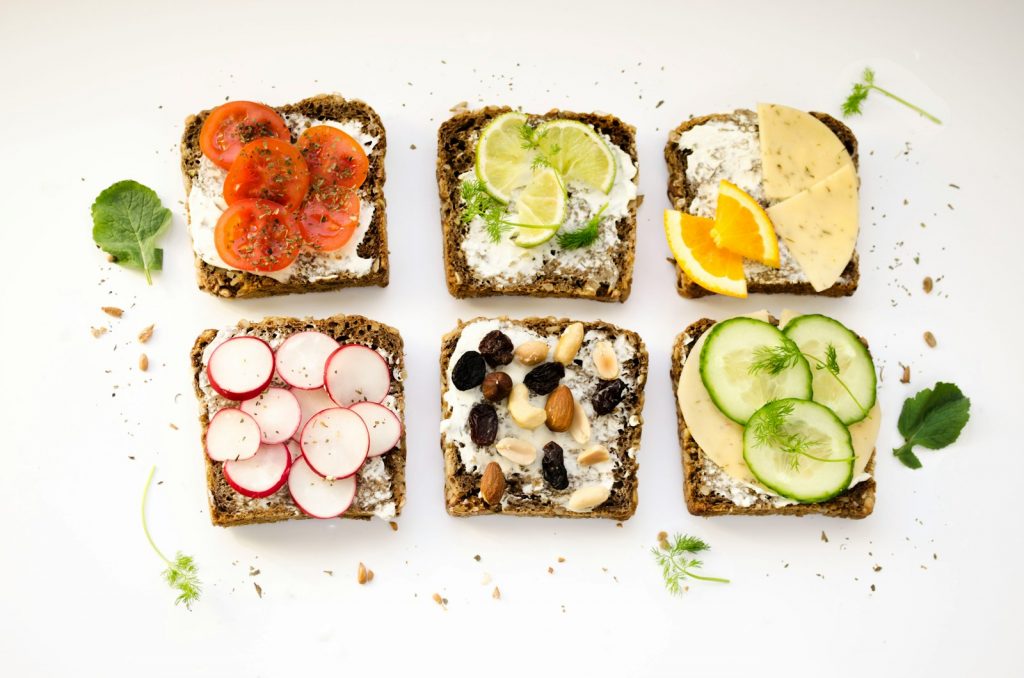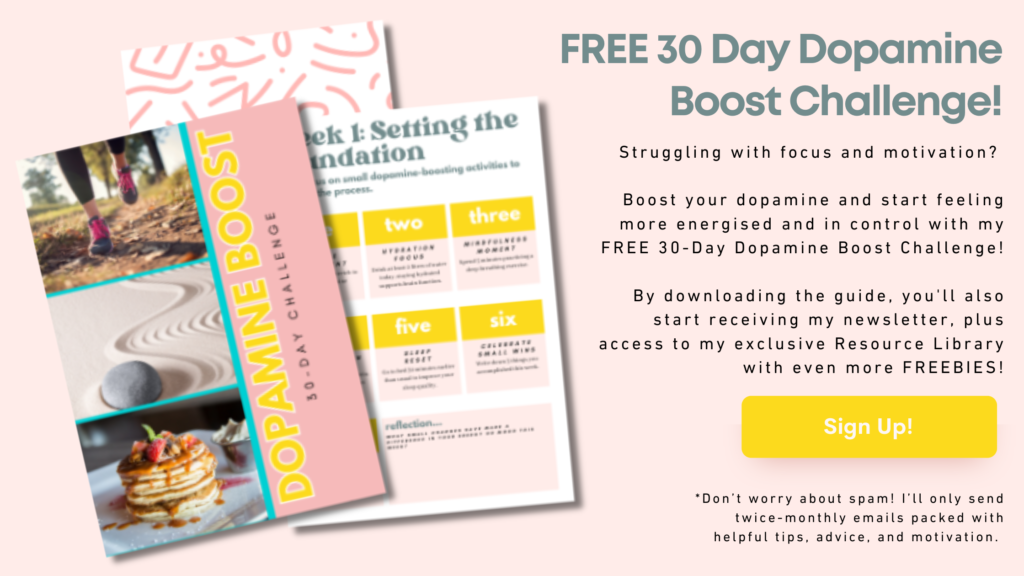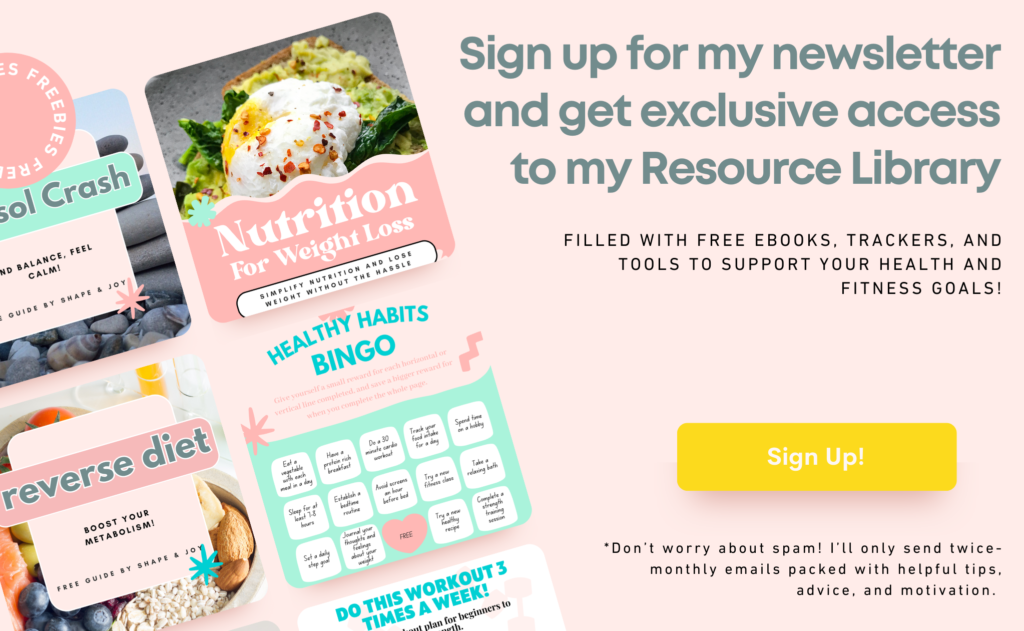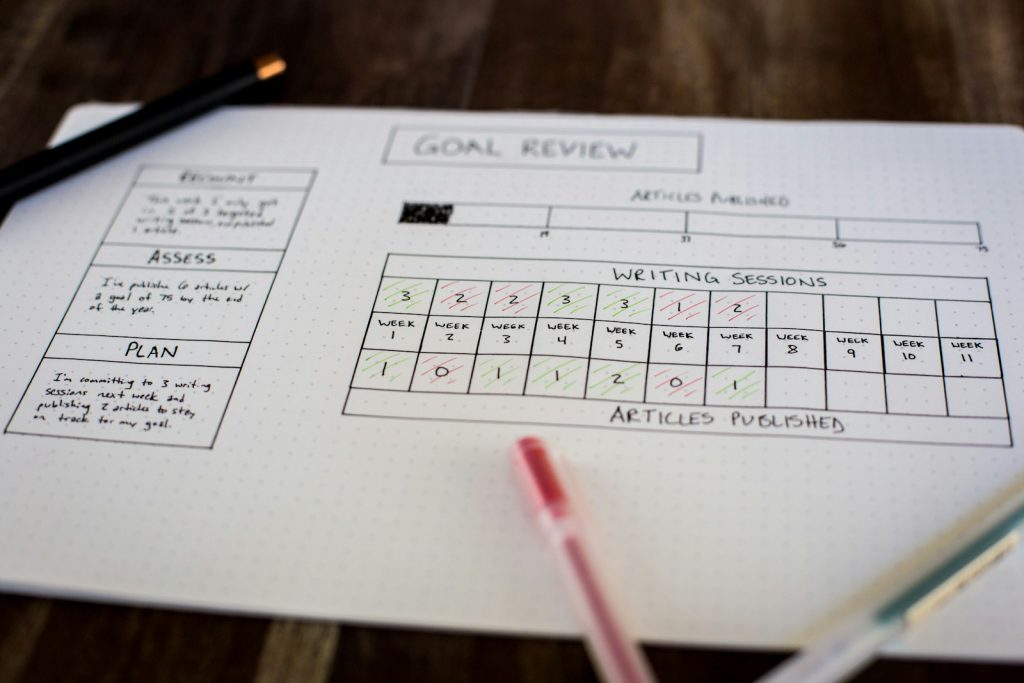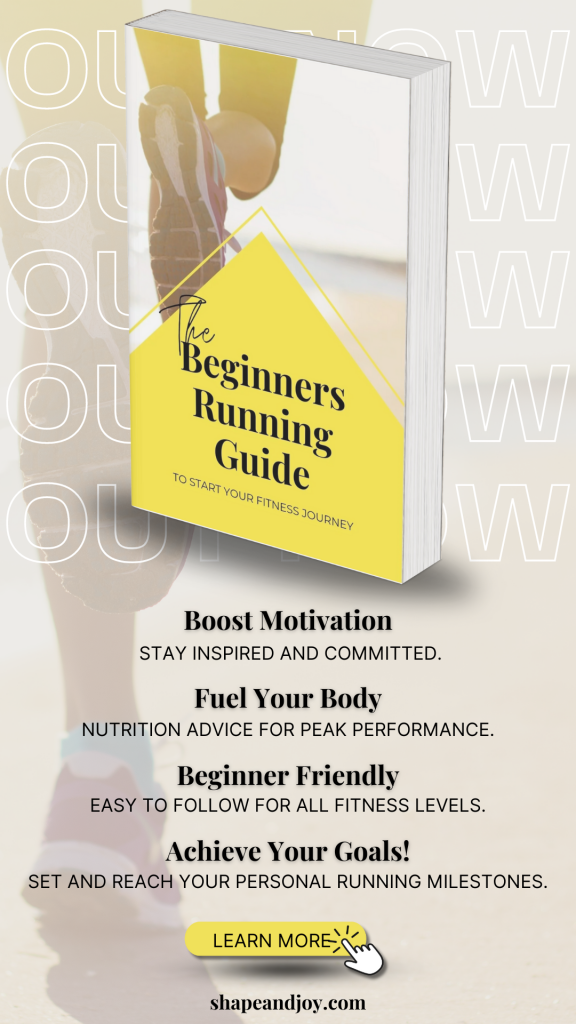The Importance of Consistency: Small Habits Lead to Big Results!
Ever notice how some people seem to nail their fitness goals while others keep struggling? The secret? Consistency. It’s the key to making lasting changes and seeing real progress. The importance of consistency in health and fitness cannot be overstated. Without it, even the best workout plan or diet won’t get you far.
It’s all about showing up day in and day out. Whether it’s getting up for that early morning run, choosing a healthy snack over a sugary treat, or making time for a bit of activity during the day, consistency is the name of the game.
Consistency doesn’t mean perfection. It’s not about never missing a workout or always eating perfectly. It’s about making those small, healthy choices most of the time and building habits that stick. When you’re consistent, those little efforts add up over time, leading to big results.
So, let’s get into ‘The Importance of Consistency: How Small Habits Lead to Big Health Results!’

What is Consistency in Fitness and Health?
It’s all about showing up regularly. The importance of consistency isn’t just for workouts, but for eating well, sleeping right, and managing stress. Consistency means making a commitment to your health and fitness goals and sticking with it, even when it’s challenging or inconvenient.
Everyday Examples
Doing that morning jog every day: Whether it’s sunny or rainy, making that morning run a non-negotiable part of your routine helps build endurance and keeps you active.
Meal prepping on Sundays: Taking time each week to prepare healthy meals ensures you have nutritious options ready, making it easier to stick to your dietary goals. I have a step-by-step guide on meal planning and prep if you’re interested in this: Principles of Meal Planning: An Easy Step-by-Step Guide – Check it out!
Going to bed at the same time every night: A regular sleep schedule is crucial for recovery and overall well-being, helping you feel rested and ready to tackle your workouts.
Consistency in these daily habits creates a strong foundation for lasting fitness and health. It’s the small, regular actions that add up to big changes over time.
Benefits of Being Consistent
Consistency is the secret ingredient that brings about remarkable changes in both your physical and mental well-being.
Physical Perks
Stronger heart and lungs: Regular exercise improves cardiovascular health, making your heart and lungs more efficient.
Muscles that are more toned and flexible: Consistent workouts help build and maintain muscle tone, keeping you strong and limber.
Keeping your weight in check: Sticking to a balanced diet and regular exercise routine helps manage your weight effectively.
Mental Wins
Less stress and anxiety: Regular physical activity releases endorphins, which are natural stress-busters. It also helps regulate your mood and reduce anxiety.
Feeling happier and more focused: Consistent exercise boosts your mood and sharpens your focus, making you more productive and positive.
Building mental grit: Sticking to your fitness routine, even on tough days, strengthens your mental resilience and determination. Can’t Hurt Me by David Goggins is a must-read on building mental grit and resilience!
Long-Term Gains
Steady weight loss that sticks: Consistency leads to sustainable weight loss, helping you maintain a healthy weight over time.
Lower risk of diseases: Regular exercise and a healthy diet lower the risk of chronic diseases like diabetes, heart disease, and certain cancers.
Living a longer, healthier life: Consistent healthy habits contribute to a longer lifespan and improve your quality of life, making those years more vibrant and active.
Staying consistent might seem challenging at first, but the rewards you reap make it all worth it. Remember, it’s not about being perfect; it’s about making steady progress and enjoying the journey towards a healthier you.

LEARN MORE ABOUT MY WEIGHT LOSS JOURNEY! > How I Lost Over 80lbs: Tips For Starting A Weight Loss Journey
The Science Bit
Consistency might seem like a simple concept, but there’s some fascinating science behind the importance of consistency and why it works so well in fitness and health.
Habit Formation
How Habits are Formed: Habits are behaviours that become automatic over time through repetition. The brain loves efficiency and forms habits to save energy.
The Habit Loop: This concept, popularised by Charles Duhigg, explains that every habit follows a loop consisting of three parts:
- Cue: A trigger that initiates the behaviour. For example, your alarm clock goes off in the morning.
- Routine: The behaviour itself. This could be your morning jog or workout session.
- Reward: The benefit you get from the behaviour, like the endorphin rush from exercise or the satisfaction of ticking a workout off your list.
Understanding this loop helps in creating and maintaining new habits. By consistently following this pattern, your brain starts to recognise and anticipate the reward, making the routine easier to stick to.
Behavioural Psychology
Why Consistency Works: Consistency taps into the brain’s natural tendencies. The more you repeat a behaviour, the stronger the neural pathways associated with that behaviour become. Over time, these actions require less conscious effort and become part of your routine.
The Power of Small, Incremental Changes: Big changes can be overwhelming and hard to maintain. However, small, incremental changes are more manageable and sustainable. They gradually build up to significant improvements without the feeling of being overwhelmed. For example, starting with a 10-minute walk and gradually increasing the duration can lead to a consistent exercise habit.
Research Studies
Numerous studies support the benefits of consistency in health and fitness practices:
Exercise and Mental Health: A study published by the National Institutes of Health (NIH) found that regular physical activity can significantly reduce symptoms of depression and anxiety. The study monitored participants’ physical activity and found that those who exercised regularly experienced improvements in mood and energy levels, suggesting that physical activity plays a central role in mood regulation (National Institutes of Health (NIH)).
Weight Management: Research from the National Weight Control Registry highlights that individuals who successfully maintain long-term weight loss consistently report engaging in regular physical activity and adhering to healthy eating habits. This consistency is key to sustaining weight loss over time (Mayo Clinic).
Chronic Disease Prevention: According to a study in The Lancet, regular physical activity is associated with a reduced risk of chronic diseases such as cardiovascular disease, diabetes, and certain cancers. The findings emphasise the long-term health benefits of maintaining a consistent exercise routine (Mayo Clinic).
By understanding the science behind habit formation and the psychological benefits of consistency, it’s clear why regular, repeated actions lead to lasting changes in health and fitness. It’s all about creating those positive loops and letting your brain do the rest!
Tips to Build Consistency
Set Realistic Goals
Start Small: Think baby steps, not giant leaps. It’s easier to maintain small changes over time.
Make Your Goals SMART: Ensure your goals are Specific, Measurable, Achievable, Relevant, and Time-bound. For example, instead of saying, “I want to get fit,” say, “I will jog for 20 minutes, three times a week for 3 months.” Check out my post ‘Smart Weight Loss Goals: How To Make A Plan To Lose Weight‘ for a full breakdown of SMART goals!
Create a Routine
Plan Your Days and Weeks: Schedule your workouts and meal prep sessions just like you would any other important appointment.
Mix It Up: Keep things fun and interesting by varying your activities. Try different workouts, new recipes, or changing your workout location.
Track Your Progress
Use a Journal or an App: Apps like MyFitnessPal, MacroFactor or Strava can track your workouts and nutrition.
Celebrate Little Victories: Recognise and reward yourself for hitting small milestones. It keeps you motivated and reinforces positive behaviour.
Stay Motivated
Find a Buddy: Having a workout partner can keep you accountable and make the process more fun.
Reward Yourself: Set milestones and reward yourself when you reach them. This could be a new workout outfit or a fun activity.
Overcome Obstacles
Expect Setbacks: They’re a natural part of the journey. Don’t be put off by occasional slip-ups!
Have a Plan for Busy Times: Prepare for periods when your routine might be disrupted, like vacations or busy work weeks. Have quick workouts or healthy snacks ready to keep you on track.

Wrapping Up
So, we’ve covered the importance of consistency and how to make it work for you. From setting realistic goals and creating routines to tracking progress, staying motivated, and overcoming obstacles, consistency is the glue that holds your fitness and health journey together.
You’ve got this! Just take it one day at a time. Remember, it’s not about perfection but about making those small, consistent efforts that add up over time. Celebrate your progress, no matter how small, and keep pushing forward.
Share your own tips or stories in the comments. What has helped you stay consistent? Any favourite apps, routines, or motivational hacks? Let’s keep the chat going and support each other on this journey!
Extra Goodies
Useful Tools: Here are some apps and gadgets that can help you stay on track with your fitness and health goals:
- MacroFactor: My go-to food-tracking app designed to help you manage your nutrition with precision. It adapts to your metabolism and offers personalised recommendations.
- Routinery: This app helps you track and build daily routines, providing reminders and insights to keep you consistent.
- Habitica: A habit-building and productivity app that turns your goals into a role-playing game. Complete tasks to level up your character and achieve your real-life goals.
- Calm: Perfect for managing stress and improving mental health, Calm offers guided meditation, sleep stories, and breathing exercises to help you stay centred.
Further Reading: If you want to go deeper into the importance of consistency in fitness and health, check out these books:
- Atomic Habits by James Clear: This book delves into how tiny changes can lead to remarkable results, focusing on habit formation and consistency.
- The Power of Habit by Charles Duhigg: An exploration of the science behind habits and how they can be changed.

